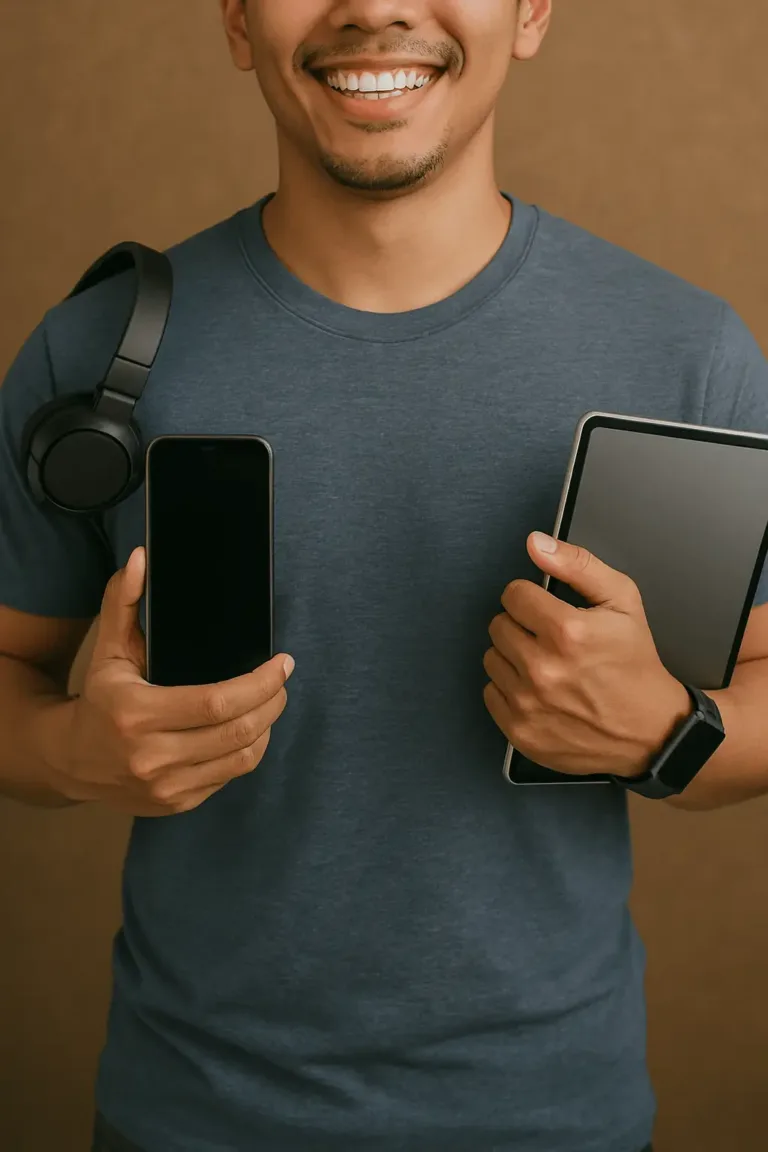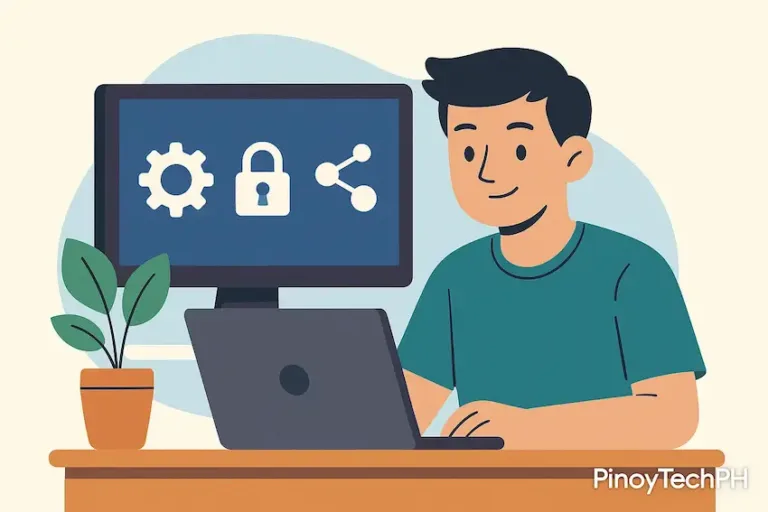Not Your Keys, Not Your Crypto: Bakit Kailangan Mong Alamin ang Tamang Crypto Wallet?
Mabuhay, TechBarkads!
Kung iniisip mong pumasok sa crypto, may isang bagay na hindi mo dapat balewalain — ang safety ng iyong investment.
Maraming potential sa crypto… pero maraming pwedeng ikalugi kung hindi ka mag-iingat. Eto ang kwento at payo ko as someone who personally invests in crypto — at alam ang risks involved.
⚠️ The Risks of Crypto Investment
Cryptocurrency is exciting, pero ito rin ang ilan sa mga pinaka-delikadong market out there. Here’s why:
🔓 1. Hacking
- Exchanges and wallets get hacked — and when it happens, your funds can vanish instantly.
- Hindi tulad ng bangko, walang “customer support” para bawiin ang pera.
🔄 2. Wrong Transfers = Lost Funds
- Mali ng wallet address? Boom, goodbye crypto.
- Walang undo button sa blockchain.
🏦 3. Exchange Bankruptcy
- Maraming exchanges ang nagsara or nalugi (e.g., FTX).
- Kahit legit sila noon, once they crash, mahirap o imposibleng ma-recover ang assets mo.
🔑 The Rule: “Not Your Keys, Not Your Crypto”
Kung ang crypto mo ay naka-store sa exchange, hindi talaga ikaw ang may hawak ng full control.
Meaning:
❌ You don’t own the private keys
❌ You rely on a company’s honesty
✅ You should transfer it to a wallet you control
🧠 Types of Crypto Wallets (and Which One to Use)
1. 🏦 Exchange Wallets
Halimbawa: Binance, Coinbase, PDAX
- Automatic once you create an account
- Easy to use, quick to trade
- BUT: prone to hacks, freezes, and shutdowns
✅ Use only for buying/selling, not for storage
2. 🔥 Hot Wallets (App-based wallets)
Halimbawa: Trust Wallet, MetaMask, Exodus
- You install it on your phone or browser
- You hold the private key
- More secure than exchanges, but still online = hackable
✅ Good for active users, NFT traders, DeFi use
🔐 Keep your seed phrase safe!
3. ❄️ Cold Wallets (Hardware wallets)
Halimbawa: Ledger Nano, Trezor
- Offline physical devices = harder to hack
- Used for long-term or big crypto holdings
✅ Most secure option
❗ Downside: You need to buy the hardware (₱5,000–₱10,000+)
💬 My Practice:
Whenever I buy crypto, I make sure to transfer it to my personal wallet.
Why? Because I don’t want to lose everything if something happens to the exchange.Yes, crypto is risky — but you can manage that risk if you store it the right way.
✅ Final Tips:
- Use exchange wallets only to trade
- Use hot wallets for daily use and small amounts
- Use cold wallets for long-term storage
- Always back up your seed phrases
- Never share your private keys
💸 Recommended Tools for Crypto Traders:
- 🪙 Crypto Wallet: Secure your assets the smart way – Check options here
- 💻 Trade on the Go (Laptop): Powerful laptops for charting, bots, and multitasking – View deals
- 📱 Trade on the Go (Tablet): For crypto tracking while on the move – See tablet picks
- 🖥️ Portable Monitor: Level-up your setup kahit saan ka mag-trade – Browse now








